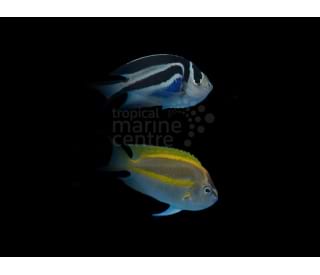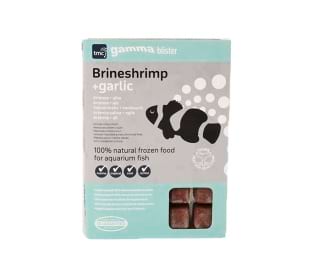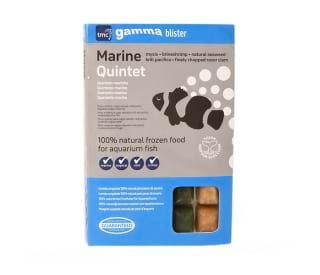The members of the family Pomacanthidae are generally know as angelfishes and, like their nearest cousins, the butterflyfishes, are regarded by many divers and aquarists as being amongst the most beautiful and majestic fishes in the sea. The majority of species occur on shallow reefs in coral, algae and sponge zones, most going little deeper than about 30m but where conditions are pristine and water is very clear, many species go much deeper and few species only live deep (over 100m). Angelfishes feature a large and distinctive backward-protruding spine from the lower corner of the gill-plate (cheek spine) from which the family name was derived. This cheek-spine is diagnostic for all the species , even at juvenile stage, and readily separates any angelfishes from butterflyfishes that may be similar in shape. Mot angelfishes are robust with compressed, ovate to rhomboid shaped bodies, covered with small or tiny scales, and have a continuous dorsal fin. The mouth is small and jaws are set with many small, usually tricuspid teeth that are used for grazing algae or scraping sponges and other sessile invertebrates. Few species combine their diet with a variety of foods and some are planktivores.
Lamark Angel
00210
Angels
Lamark Angel
Genicanthus lamarck
Care:
BeginnerDiet:
OmnivorousLight:
MediumPlace of origin:
Western PacificWidespread Western Pacific, from the Ryukyu of southern Japan to the northern Great Barrier Reef, southeast to Vanuatus, and west to Sumatra, Indonesia. Absent from most oceanic locations in the Pacific. Occurs primarily on seaward reef slopes and steep walls, or in protected areas to at least 50m depth. Sometimes on very shallow reef crests of a few metres depth. Both sexes are similar in appearance, being silvery white with three or four horizontal black stripes on the side and a broad black submarginal band in the dorsal fin. Both sexes have numerous black dots on caudal fin, some also on anal and dorsal fins. Attains 23cm.
Share:










